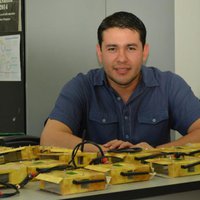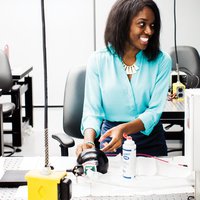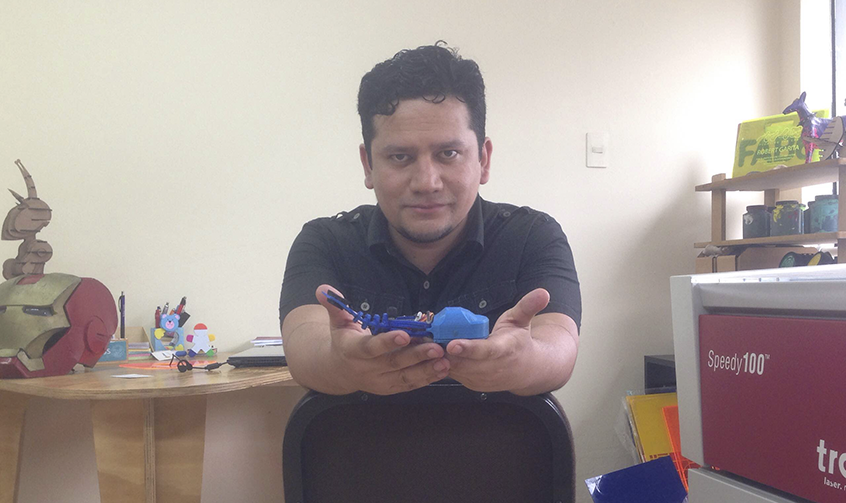"There is nothing more efficient at moving under water than a fish. So, what better thana fish, or hundreds of them, to monitor the health of rivers and lakes? Or so the electrical engineer Luis Flores thought, so he set out to develop a low cost, robotic fishe quipped with biosensors to act as an aquatic sentinel to detect contamination. Itsmission: to diagnose in situ the presence of harmful elements in water sources andalert the populations which rely on them for their water supplies. Thanks to this idea,Flores has been named as one of MIT Technology Review, Spanish edition´s InnovatorsUnder 35 Peru 2016.
Flores was born in the Cajamarca region of Peru, which is ""burdened by problems associated to mining activity, like contamination and water outages."" His close contact with this sector and the problems that it causes led him to focus on detecting arsenic,an invisible but extremely toxic element even in very small doses. In future, he hopesthat his robofish will also identify mercury and other heavy metals.
The current prototype, created in the image of a real fish, swims by propelling itsel fwith its tail through a mechanism activated by tensioners. Its skeleton is made of NinjaFlex, a flexible and resistant material printed in 3D which reduces costs and simplifies the design. The biosensor which it carries is a capsule of genetically modified. Coli bacteria. Flores and his team have conducted tests which insert two sequencesor blocks of genetic information into the bacteria. The first leads the bacteria to produce a certain protein in the presence of arsenic. The second is sensible to this protein and emits light when detected.
Flores´ plan is for this bioluminescence to be detected by a receiver, converted into anelectrical signal and transmitted to the cloud in the form of arsenic detection data. Theyoung Peruvian highlights that the device can currently detect concentrations of approximately 40 micrograms per liter (µg/l), the maximum level of arsenic in wateraccording to the WHO´s recommendations, with an accuracy of 70%.
For now, robofish is in the prototyping phase and still needs to incorporate the bacterial capsule within the robotic structure, which runs on a battery which must be manually recharged. In future, Flores will attempt to create automatic recharge systems, like a buoy which the fish can visit when running low on energy. The capsule´s batteries also need to be replaced, but the intention is for the batteries to last longeror even indefinitely by feeding off the nutrients found in the water source itself."




